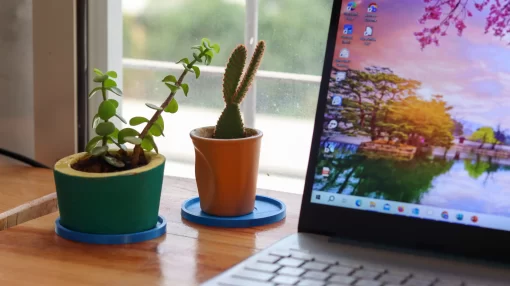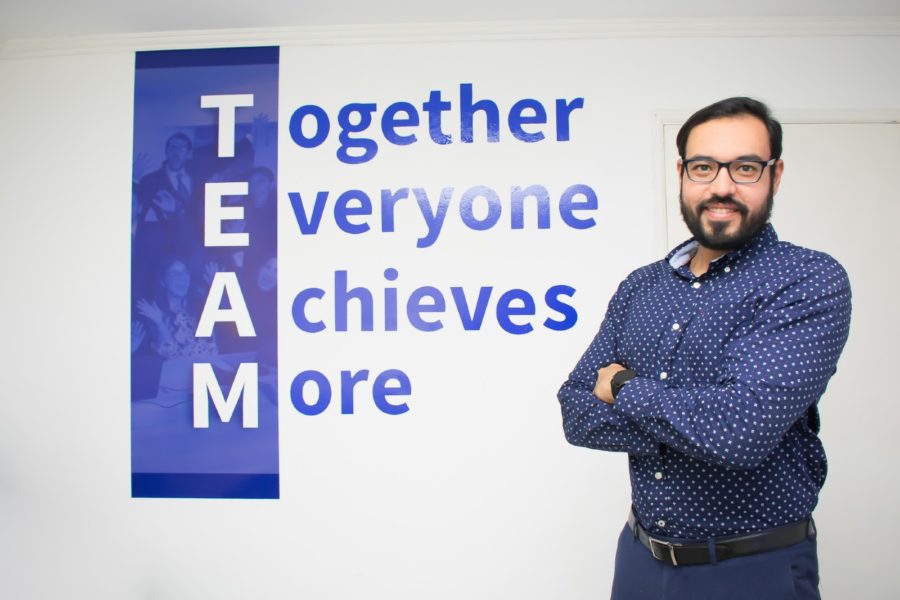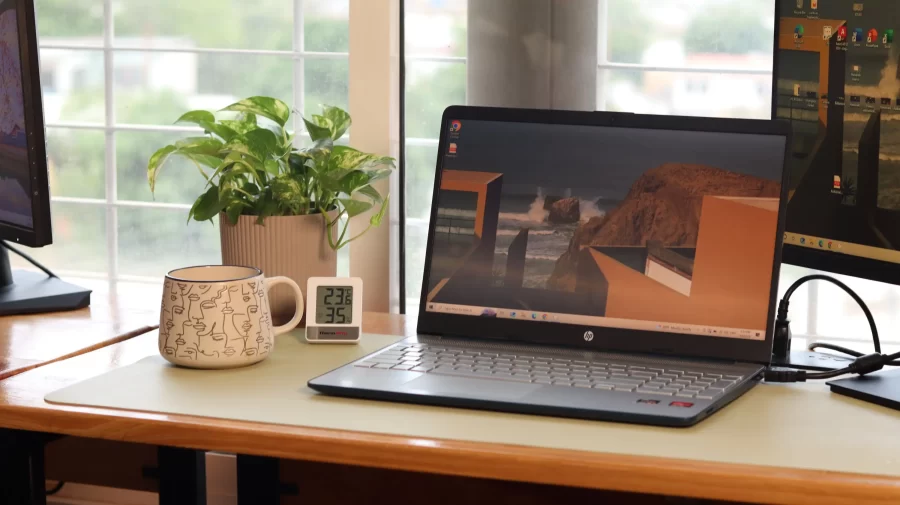We’ve all heard of creativity as one of those valuable skills anyone would want. You have perhaps read it listed in many résumés or added it to yours. But we are here to question the meaning of that word and what it does in the workplace. Creativity goes beyond making a colorful spreadsheet, a pretty slideshow, or organizing the latest birthday at the office. In this article, we will talk about the actual effects of Creativity at Work.
Creativity Applied
Generally, there are two ways in which creativity can be productively applied in the workplace: One is creative thinking, and the other is creative problem-solving.
Creative Thinking is straightforward to define but a bit harder to implement. Essentially, all it means is to come up with unique ideas and, at the very least, not a reiteration of things tried in the past, especially by the company itself.

Creative Thinkers are a bit daring. They try new things, and through experimentation (a fancy way of saying trial and error), they can genuinely hit an oil well and discover something fantastic.
Creative thinkers usually shine when put in situations where a “Throw everything at the wall, see what sticks” method can be used, wherein they get to employ said creativity fully.
Something positive about creative thinkers is that they are less worried about failure, as part of the creative process is experimentation; therefore, there is a measure of success in failure—through failing, they can refine their ideas and edge closer to that fantastic working idea.
People who aren’t creative thinkers and focus solely on success might be more used to working inside their comfort zone and not stepping out of the bubble of what they know or have done before. While creative ideas have inherent risks, it is only through embracing them that we might find progress—after all, no risk, no gain.
Creative Problem-solving is also easy to define. It shines when there is a singular problem with many possible solutions. It is the vocation of the creative problem-solver, then, to find those possible solutions that nobody would’ve ever thought of and that, sometimes, can work better than the obvious choices.
Employees and managers benefit from creative problem-solving because it can take them—and sometimes the company itself—in a new direction. It pays to stray off the beaten path.
Fostering Creativity
We know that being creative at work is positive. But it’s one of those things that happens. You can’t enforce creativity, can you? Well, no. But you can foster it. It’s sort of like helping plants grow. There are a couple of techniques managers and employers can use to help grow the creativity in their teams:
The first thing is to adopt that daring attitude. A manager who wishes to help creativity grow has to learn never to say no. A place where ideas can be outright rejected brews an ambiance of fear and self-consciousness. As a leader, the manager must create a space to share all ideas.
This, however, does not mean you will become a yes-man and go with whatever idea is presented to you. The concept here is not to say no directly but to redirect and pivot so that the decline is more of a perceived yes.

In parallel, you can also integrate elements of a rejected idea into the one you eventually chose, including other team members and making them feel valued and important.
Another way to strengthen creativity in your team is to create a team with diverse origins. The truth is that diversity weaves strength. By creating a diverse team of different cultures, backgrounds, ethics, religions, and ideals—you broaden the scope and the chances to receive new ideas.
If everyone on your team comes from the same town and has the same academic background, their way of thinking will be similar. But by creating a diverse team, you ensure that the cosmovision of each integrant is different, making that workplace fertile for creativity. This is where remote work shines, connecting people from all over the world in a multicultural workspace.
Conclusion
There are many ways in which creativity can impact the workplace, regardless of industry. But it has to be harnessed and led by the guiding hand of a leader who helps it flow freely. It can either be positive but superfluous or indeed affect productivity at work in the best ways.
It all depends on tasking the minds that work to go further, to have no fear of error, and to venture out of their comfort zones into the new frontiers to reach new and exciting results for themselves and the company at large.
See more articles by Haward Méndez.





